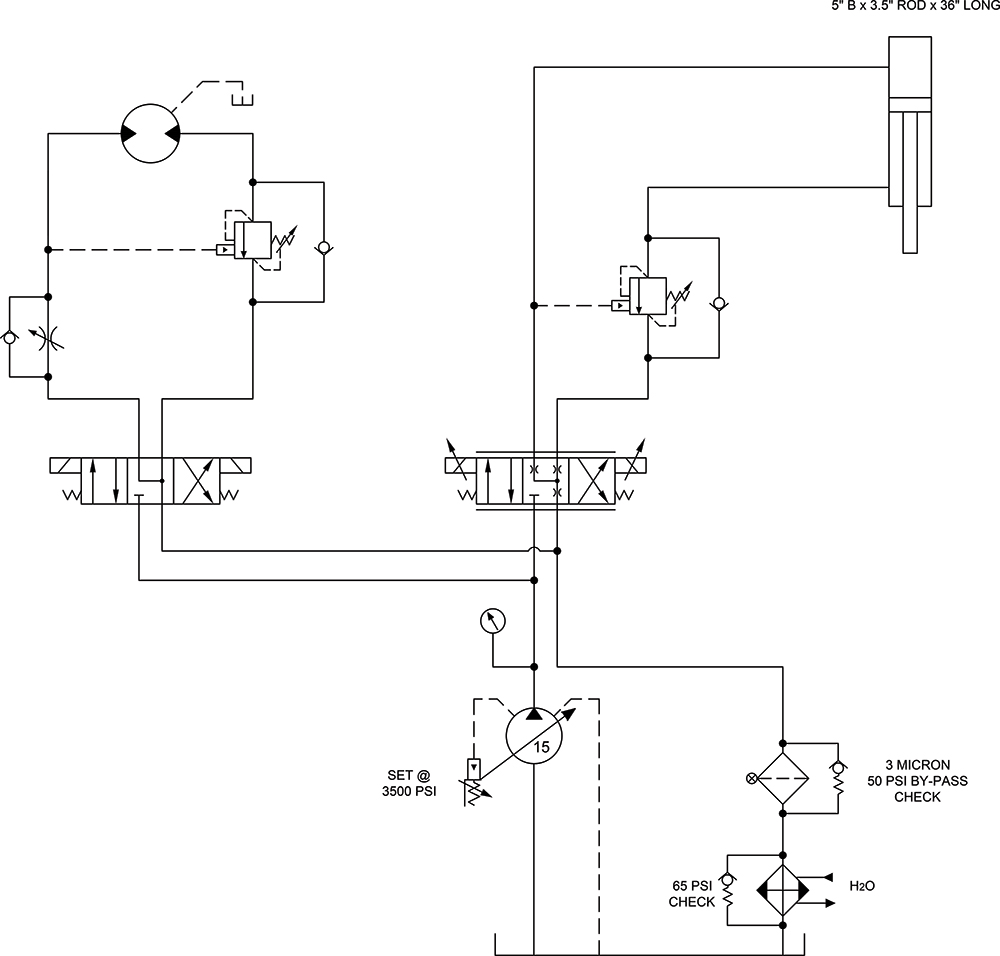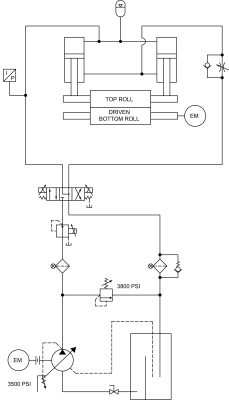Figure It Out: Relocating HPU Causes Start-up Problem
New Problem
Relocating HPU Causes Start-up Problem
By Robert Sheaf, CFPAI/AJPP, CFPE, CFPS, CFPECS, CFPMT, CFPMIP, CFPMMH, CFPMIH, CFPMM, CFC Industrial Training.

A customer was rearranging his shop floor to accommodate a new assembly line. They moved a clamp and grind machine to a location where there was too little room to place the HPU close to the machine. The existing hoses connecting the two were 30 feet long and routed through a hole in a wall to the unit.
The company realized that the longer hoses needed their size increased to account for the pressure drop caused by their new length.
But they encountered a problem during start-up. The cylinder wasn’t responding as in the past. It could not reach max speed extending, and there seemed to be little control of the retract speed. The counterbalance valve was mounted close to the cylinder.
They installed a new counterbalance valve, but there was no change. Even a new proportional valve didn’t help.
What could be the problem?
See the Solution



